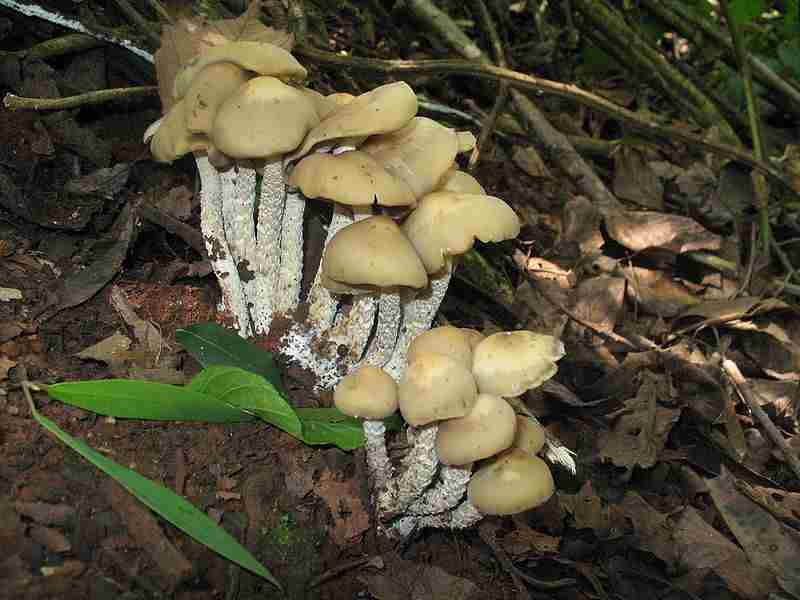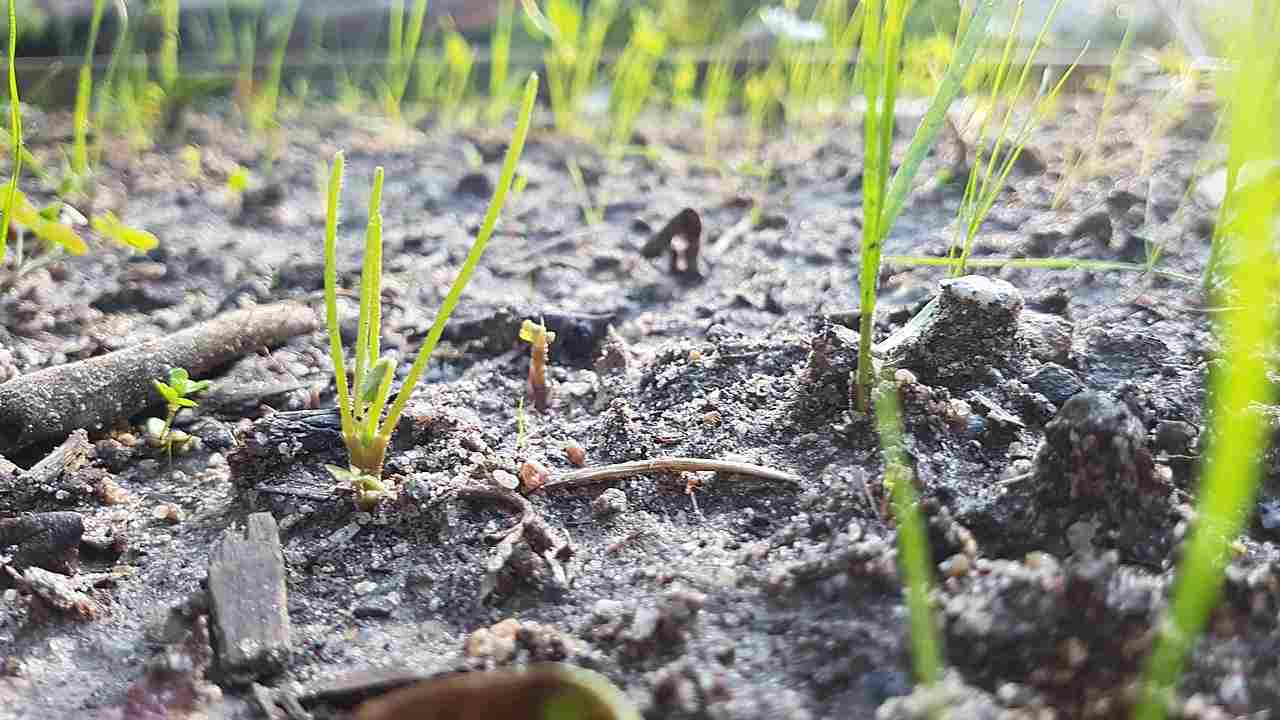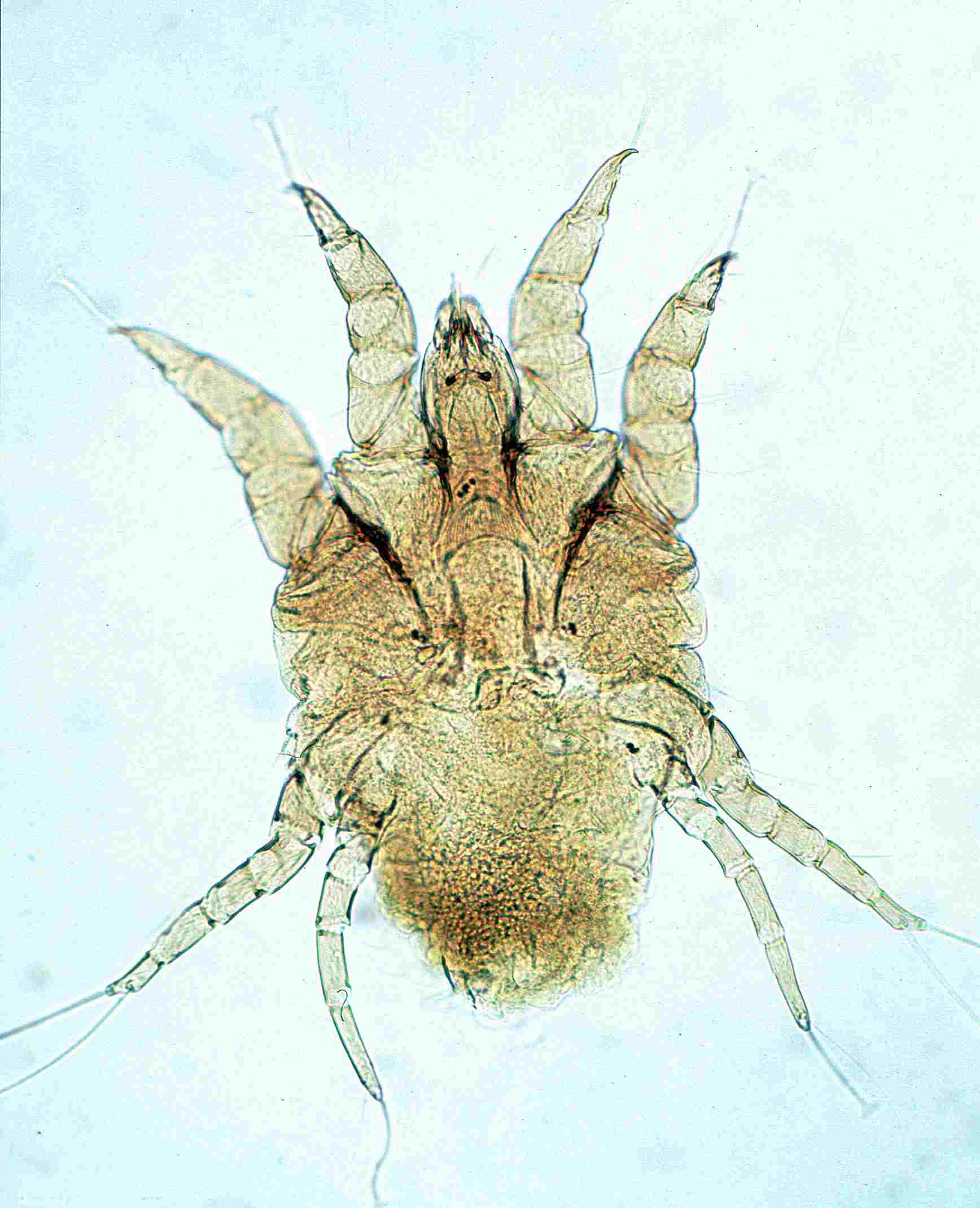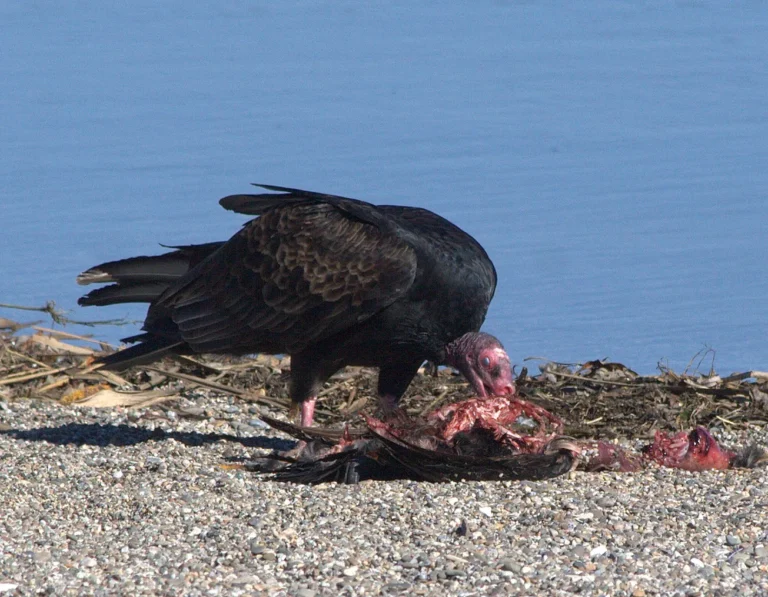What Is The Role Of Detritivores In Pumpkin Decomposition? 13+ Answers
The role of detritivores in pumpkin decomposition includes breaking down organic matter, recycling nutrients, accelerating decomposition, facilitating nutrient cycling, decomposing complex carbohydrates, releasing carbon dioxide, enhancing soil structure, promoting soil aeration, increasing soil fertility, encouraging microbial growth, converting biomass to humus, supporting ecosystem balance, degrading lignin and cellulose, and enabling energy flow in ecosystems. These activities collectively contribute to the efficient breakdown of pumpkins, nutrient recycling, soil health, and ecosystem functioning.
1. Break Down Organic Matter
Detritivores play a critical role in breaking down organic matter, which is the first step in the decomposition process of pumpkins and other organic materials. As pumpkins decompose, they create a rich source of organic material that attracts various detritivores like earthworms, beetles, and millipedes. These organisms feed on the decaying pumpkin, ingesting the organic matter and reducing its size and complexity. This breakdown is essential because it helps transform the large pumpkin into smaller, more manageable pieces, which then become accessible to other decomposers like bacteria and fungi.
Through the feeding activities of detritivores, the pumpkin’s organic matter is broken down into simpler components. This process not only accelerates decomposition but also creates a richer substrate for other soil organisms. As these detritivores chew and digest the pumpkin’s tissue, they facilitate the release of nutrients contained within, contributing to the soil’s organic content and enriching its structure. This initial breakdown by detritivores is crucial for the broader ecosystem, laying the groundwork for further decomposition and nutrient recycling.
2. Recycle Nutrients
Detritivores are essential for nutrient recycling during pumpkin decomposition. As they break down the organic matter of a decomposing pumpkin, detritivores consume and process nutrients that are then released back into the soil. Through their feeding and digestion, these organisms help convert complex organic compounds into simpler forms that are readily absorbed by plants and other organisms. This process is critical for maintaining soil fertility and supporting the nutrient cycles that underpin healthy ecosystems.
The recycling of nutrients through detritivore activity ensures that elements like nitrogen, phosphorus, and potassium, which are locked in organic matter, become accessible to plants and other soil organisms. By breaking down the pumpkin’s tissues, detritivores release these nutrients into the surrounding soil, promoting the growth of other plants and microorganisms. This nutrient recycling not only sustains the ecosystem’s productivity but also helps maintain a balance in nutrient levels, which is crucial for long-term soil health and agricultural productivity.
3. Accelerate Decomposition
Detritivores play a pivotal role in accelerating the decomposition process of pumpkins and other organic matter. As these organisms feed on the decaying pumpkin, they physically break down the material into smaller fragments, increasing the surface area exposed to decomposers like bacteria and fungi. This enhanced breakdown speed facilitates quicker decomposition, allowing the organic matter to be recycled more efficiently into the ecosystem.
The acceleration of decomposition by detritivores also benefits the ecosystem by reducing the time it takes for organic matter to decompose. This process can be particularly important in agricultural and garden settings, where rapid decomposition is desired to prepare the soil for future planting. By accelerating decomposition, detritivores help create a nutrient-rich environment more quickly, supporting the growth of new plants and sustaining the broader ecosystem.
4. Facilitate Nutrient Cycling
Detritivores are instrumental in facilitating nutrient cycling during pumpkin decomposition. By consuming and processing the organic matter in pumpkins, they release nutrients back into the soil, which are then absorbed by other organisms and plants. This process plays a crucial role in maintaining a healthy ecosystem, as it ensures a continuous flow of nutrients through various trophic levels, promoting plant growth and sustaining the food web.
The nutrient cycling facilitated by detritivores is critical for maintaining ecosystem balance and productivity. As they break down the pumpkin’s organic matter, they contribute to the formation of soil organic matter and humus, which in turn supports the growth of plants and other organisms. This ongoing cycle of nutrient release and absorption is essential for the sustainability of ecosystems, ensuring that nutrients are continuously recycled and made available for various ecological processes.
5. Decompose Complex Carbohydrates
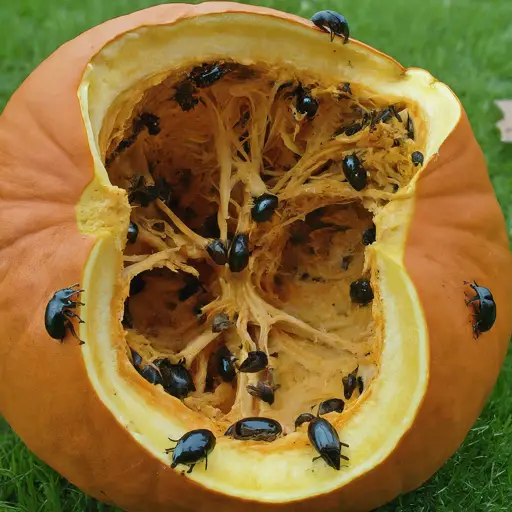
Detritivores are adept at decomposing complex carbohydrates found in pumpkins, such as cellulose and starch. As these organisms feed on the decomposing pumpkin, they break down these complex carbohydrates into simpler compounds, which can then be utilized by other decomposers and soil organisms. This process is critical for the efficient breakdown of organic matter, as complex carbohydrates are often difficult for many organisms to digest without the assistance of detritivores.
The decomposition of complex carbohydrates by detritivores not only contributes to the overall breakdown of the pumpkin but also provides a source of energy for other organisms within the ecosystem. As they decompose these carbohydrates, detritivores release energy-rich compounds into the soil, which can be used by microbes and other decomposers. This energy transfer is a key component of the decomposition process, supporting the broader ecosystem’s energy flow and nutrient cycling.
6. Release Carbon Dioxide
Detritivores contribute to the release of carbon dioxide during pumpkin decomposition. As they consume organic matter, their metabolic processes result in the release of carbon dioxide into the atmosphere. This is a natural part of the decomposition process, where the carbon contained in organic matter is gradually returned to the atmosphere. This release of carbon dioxide is a significant aspect of the carbon cycle, demonstrating how carbon transitions between organic and inorganic forms within the environment.
The release of carbon dioxide by detritivores has broader implications for ecosystem function and climate. As carbon dioxide is a greenhouse gas, its release plays a role in global carbon cycling and climate dynamics. However, in the context of natural decomposition processes like pumpkin decay, this release is part of the balanced cycle of carbon within ecosystems. It illustrates the interconnectedness of various ecological processes, where detritivores contribute to the decomposition of organic matter while simultaneously influencing broader carbon cycles.
7. Enhance Soil Structure
Detritivores enhance soil structure during the decomposition of pumpkins by breaking down organic matter and contributing to the formation of humus. As they consume and process the decomposing pumpkin, they create smaller particles that can mix with soil, leading to improved soil texture and aeration. This enhanced soil structure is vital for plant growth and nutrient retention, as it allows roots to penetrate more easily and promotes better water infiltration.
In addition to physically breaking down organic matter, detritivores contribute to soil aggregation, where organic matter binds soil particles together to form stable aggregates. These aggregates enhance soil structure by creating pore spaces for air and water movement, fostering a more conducive environment for plant roots and beneficial soil organisms. As a result, the activities of detritivores during pumpkin decomposition play a critical role in creating healthy, fertile soil.
8. Promote Soil Aeration
Detritivores promote soil aeration during the decomposition of pumpkins through their physical activity within the soil. As they move through the soil and break down organic matter, detritivores create tunnels and burrows, which introduce air into the soil profile. This increased aeration is essential for soil health, as it provides oxygen to plant roots and soil microorganisms, facilitating respiration and nutrient uptake.
The promotion of soil aeration by detritivores also helps prevent soil compaction, which can hinder root growth and reduce water infiltration. By creating these pathways through the soil, detritivores ensure that air and water can move freely, supporting a healthy soil ecosystem. This activity is particularly beneficial in gardens and agricultural settings, where well-aerated soil is crucial for crop productivity and overall soil fertility.
9. Increase Soil Fertility
Detritivores increase soil fertility during pumpkin decomposition by converting organic matter into nutrient-rich material that enhances soil quality. As they break down and digest the decomposing pumpkin, detritivores release nutrients like nitrogen, phosphorus, and potassium back into the soil, enriching its fertility. This nutrient release is crucial for supporting plant growth and maintaining a balanced ecosystem, as it ensures that essential nutrients are readily available for plant uptake.
The increase in soil fertility driven by detritivores has a cascading effect on the ecosystem. As soil fertility improves, plant productivity increases, leading to greater food sources for herbivores and, in turn, for carnivores. This chain reaction underscores the critical role detritivores play in sustaining ecosystems and supporting biodiversity. By increasing soil fertility, detritivores contribute to the overall health and resilience of ecosystems, making them more robust and capable of sustaining a variety of life forms.
10. Encourage Microbial Growth
Detritivores encourage microbial growth during pumpkin decomposition by breaking down organic matter into smaller, more accessible pieces. As they consume the pumpkin, detritivores release nutrients and create favorable conditions for microbial colonization and activity. This symbiotic relationship between detritivores and microbes accelerates decomposition and nutrient recycling processes.
11. Convert Biomass To Humus
Detritivores play a crucial role in converting pumpkin biomass into humus during decomposition. As they feed on the organic matter, detritivores break down complex compounds and contribute to the formation of stable humic substances in the soil. Humus enhances soil structure, fertility, and water retention capacity, providing long-term benefits for plant growth and ecosystem health.
12. Support Ecosystem Balance
Detritivores support ecosystem balance during pumpkin decomposition by regulating nutrient cycles, promoting soil health, and facilitating energy flow. Their activities contribute to the resilience and stability of ecosystems by recycling nutrients, improving soil structure, and sustaining food webs. Detritivores help maintain a dynamic equilibrium within ecosystems, ensuring that resources are efficiently utilized and distributed among different organisms.
13. Degrade Lignin And Cellulose
Detritivores degrade lignin and cellulose, two complex organic compounds found in pumpkins, during decomposition. These organisms possess enzymes capable of breaking down these tough materials, facilitating the breakdown of plant cell walls and accelerating overall decomposition rates. By degrading lignin and cellulose, detritivores make the pumpkin’s organic matter more accessible to other decomposers and contribute to nutrient cycling in the ecosystem.
14. Enable Energy Flow In Ecosystems
Detritivores enable energy flow in ecosystems by decomposing pumpkins and releasing energy-rich compounds into the soil. As they break down organic matter, detritivores convert chemical energy stored in pumpkin biomass into forms that can be utilized by other organisms. This energy flow sustains various trophic levels within the ecosystem, supporting the growth and reproduction of plants, animals, and microorganisms.
*Summary
-
Detritivores break down organic matter and recycle nutrients.
-
They accelerate decomposition and facilitate nutrient cycling.
-
Detritivores decompose complex carbohydrates and release carbon dioxide.
-
Their activities enhance soil structure, promote aeration, and increase fertility.
-
Detritivores support microbial growth, convert biomass to humus, and degrade lignin and cellulose.
-
They enable energy flow in ecosystems and contribute to ecosystem balance.
| Role of Detritivores in Pumpkin Decomposition | Description |
| Break down organic matter |
Facilitates decomposition and nutrient release.
|
| Recycle nutrients |
Contributes to nutrient cycling and soil fertility.
|
| Accelerate decomposition |
Speeds up the breakdown of organic matter.
|
| Facilitate nutrient cycling |
Helps maintain nutrient balance in the ecosystem.
|
| Decompose complex carbohydrates |
Breaks down tough plant materials like cellulose.
|
| Release carbon dioxide |
Contributes to the carbon cycle and ecosystem respiration.
|
| Enhance soil structure |
Improves soil texture, aeration, and water retention.
|
| Promote soil aeration |
Creates pathways for air and water movement in the soil.
|
| Increase soil fertility |
Enriches soil with nutrients essential for plant growth.
|
| Encourage microbial growth |
Creates conditions favorable for microbial activity.
|
| Convert biomass to humus |
Contributes to the formation of stable organic matter in the soil.
|
| Support ecosystem balance |
Helps maintain equilibrium in nutrient cycles and food webs.
|
| Degrade lignin and cellulose |
Breaks down tough plant components, making nutrients available to other organisms.
|
| Enable energy flow in ecosystems |
Transforms organic matter into energy sources for various organisms in the ecosystem.
|
